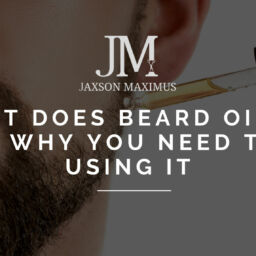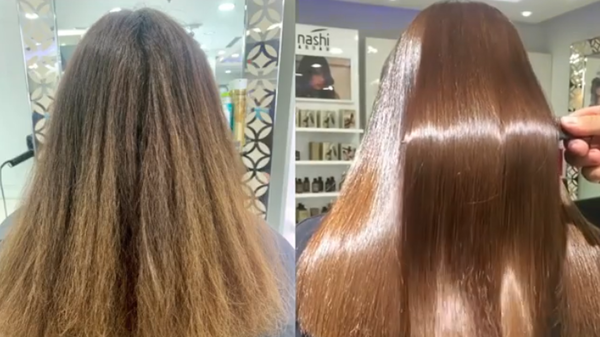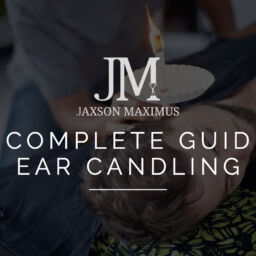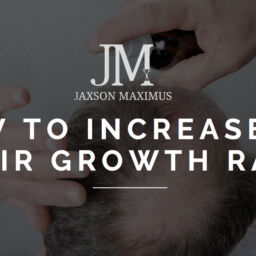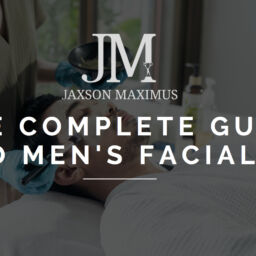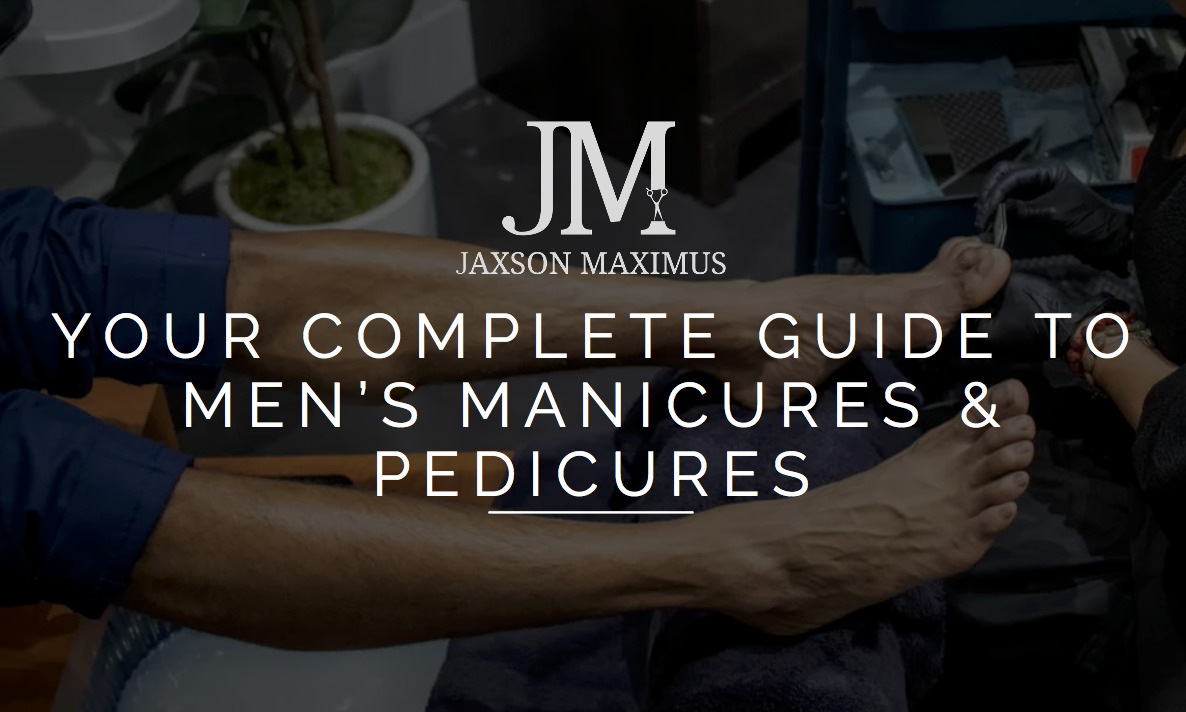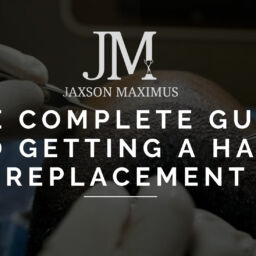
We all can agree that ear wax is gross! However, ear candling, also known as ear coning, is a practice that has been around for centuries and is used by many spas across the world to extract excess ear wax. It has been said to provide many benefits, including reducing pain from headaches, improving hearing, helping with vertigo and nausea, and more. Our salon experts at Jaxson Maximus have put together this guide explaining everything you need to know about the benefits of ear candling.
What Is Ear Candling
Ear candling is a non-invasive holistic practice that involves using a long, hollow candle made of cotton or linen, coated in beeswax or paraffin, and infused with various herbs and essential oils. The candle is inserted into the ear canal and lit at the opposite end with a fire, creating a vacuum that draws out earwax, debris, and other impurities from the ear canal. The suction created by the fire pulls earwax and other impurities out of the ear canal and into the hollow candle. The process is also sometimes referred to as ear coning or thermal-auricular therapy.
How Does Ear Candling Work
During the treatment, a circular plate or guard is usually placed at the end of the candle to catch any dripping wax from the candle. These are often flimsy and made of aluminum foil or paper plates.
Typically the treatment will last anywhere from 10 to 15 minutes. During that time, the burned part of the fabric is supposed to be trimmed by the technician to prevent it from contaminating the tube and or leaking.
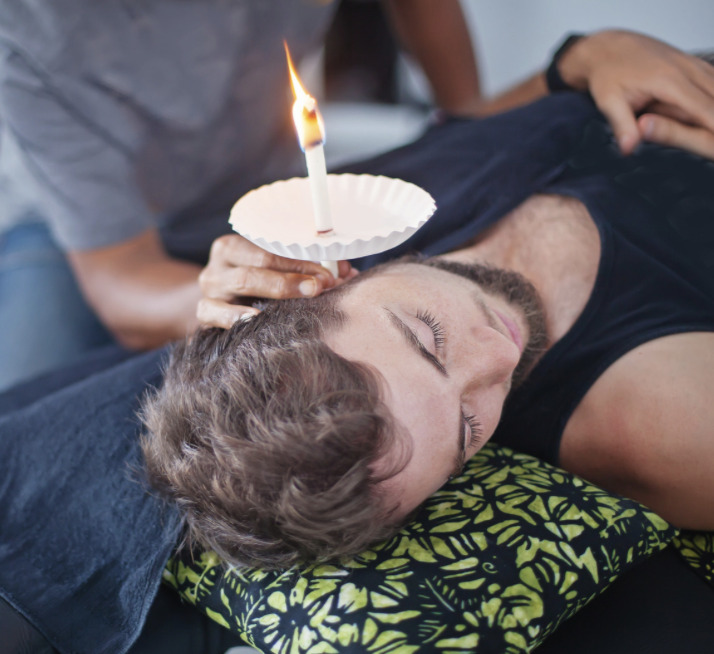
Benefits Of Ear Candling
Ear candling is a safe, effective, and painless procedure. It is most commonly used to remove and or relieve earwax, pollen, sinus congestion, ringing of the ears, ear infections, headaches, migraines, and hearing problems. Other benefits of ear candling include:
Remove earwax and other impurities:
The heat and suction created by the burning candle are said to loosen and draw out earwax, debris, and other impurities from the ear canal.
Reduce pain and discomfort:
Ear candling is sometimes used to alleviate earaches, headaches, sinus pressure, and other types of pain and discomfort in the ear and surrounding areas.
Improve hearing and balance:
By removing excess earwax and other blockages, ear candling is said to improve hearing and balance, although there is little scientific evidence to support this claim.
Promote relaxation and well-being:
The ear candling process is described as calming and relaxing, and some people find it to be a soothing and meditative experience.
Help To Reduce Pain from Headaches:
Ear candling is said to help reduce the amount of pain a person experiences from a headache. The gentle suction and warmth helps to release pressure on certain blood vessels, which allows for relief if you experience tension from headaches.
Help with Vertigo and Nausea:
The process of ear candling is said to help with motion sickness, vertigo, and nausea. It helps by clearing the ear canal of any built-up wax that may be causing fluid build-up or pressure around your inner ears, providing you relief from these symptoms.
Relieve Sore Throats:
Ear candling has been known to help relieve sore throats due to pressure being released. The heat that is generated by the process can help open up your nasal passages allowing you to breathe easier. This allows excess fluids to drain more efficiently, which also helps with sore throats.
Is Ear Candling Safe
Potential risks associated with the practice include burns to the ear canal, candle wax deposits in the ear, and perforated eardrums if not done by a proper professional.
The candle’s open flame can cause burns to the skin, hair, and clothing, and hot wax can drip into the ear canal, potentially causing injury or infection. Therefore, it is recommended that individuals avoid ear candling and seek professional help if they have concerns about ear wax or other ear-related issues.


